Sperm Donation: Everything to Know Before Beginning Your Journey
Sperm donation in the United States plays a crucial role in helping individuals and couples build families, especially those facing infertility, same-sex couples, and single women. This article delves into the detailed process of sperm donation, eligibility and requirements for donors, the rights and responsibilities of donors, considerations for recipients, and the future directions of this vital service.
The Process of Sperm Donation
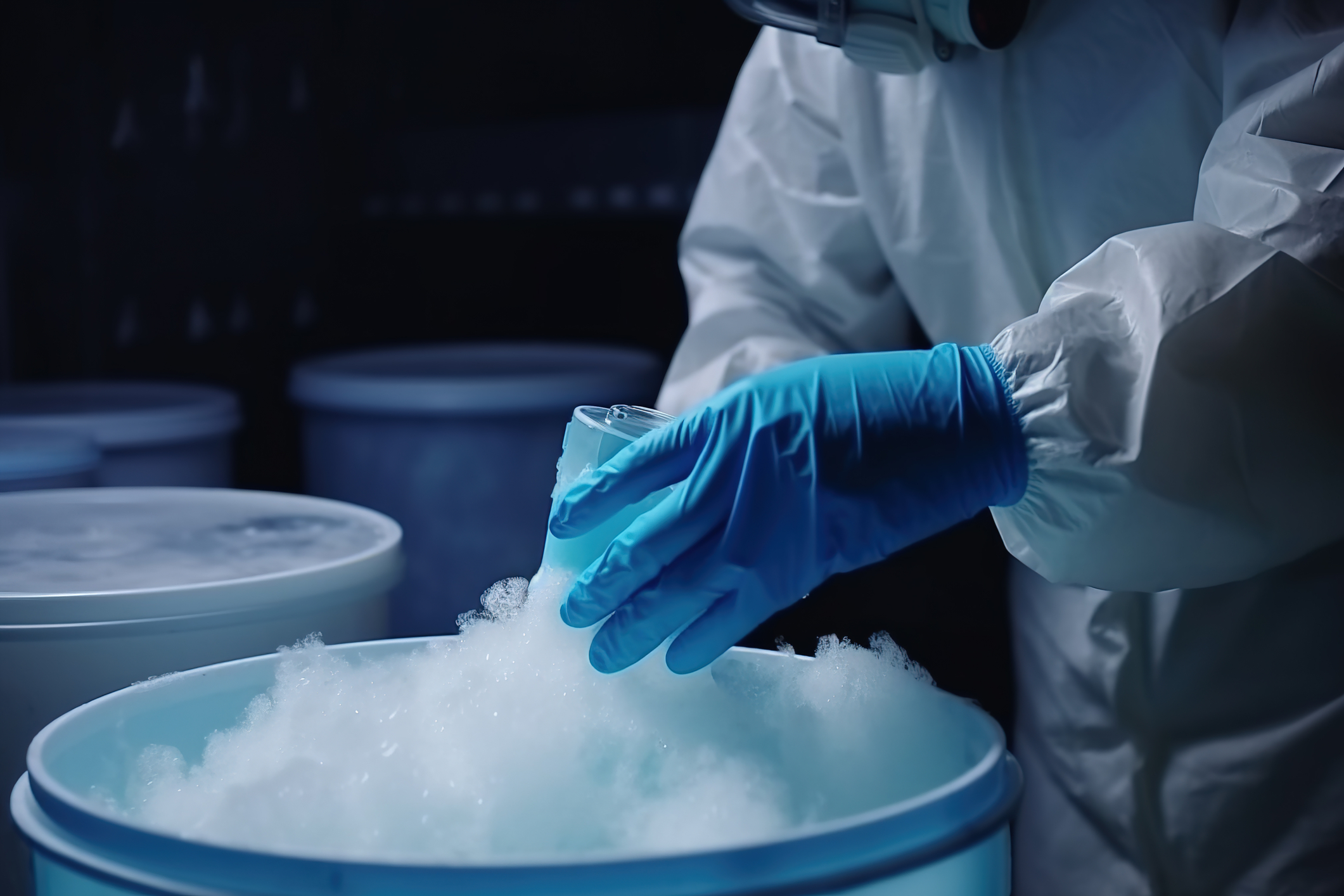
The process of sperm donation is both thorough and meticulous, designed to ensure that only the healthiest and most suitable sperm are used for fertility treatments. It begins with a comprehensive screening of potential donors. This screening includes medical, genetic, and psychological evaluations to assess the donor's health and family history. The goal is to identify any potential hereditary conditions or psychological issues that could be passed on to offspring.
Once a donor is cleared, the actual donation process begins. Donors provide sperm samples and these samples are then analyzed for sperm count, motility (movement), and morphology (shape). High-quality samples are cryogenically frozen and stored in sperm banks for future use. This freezing process allows the sperm to be preserved indefinitely until a recipient selects the donor's sperm for use in assisted reproductive procedures like intrauterine insemination (IUI) or in vitro fertilization (IVF).
Eligibility and Requirements for Donors
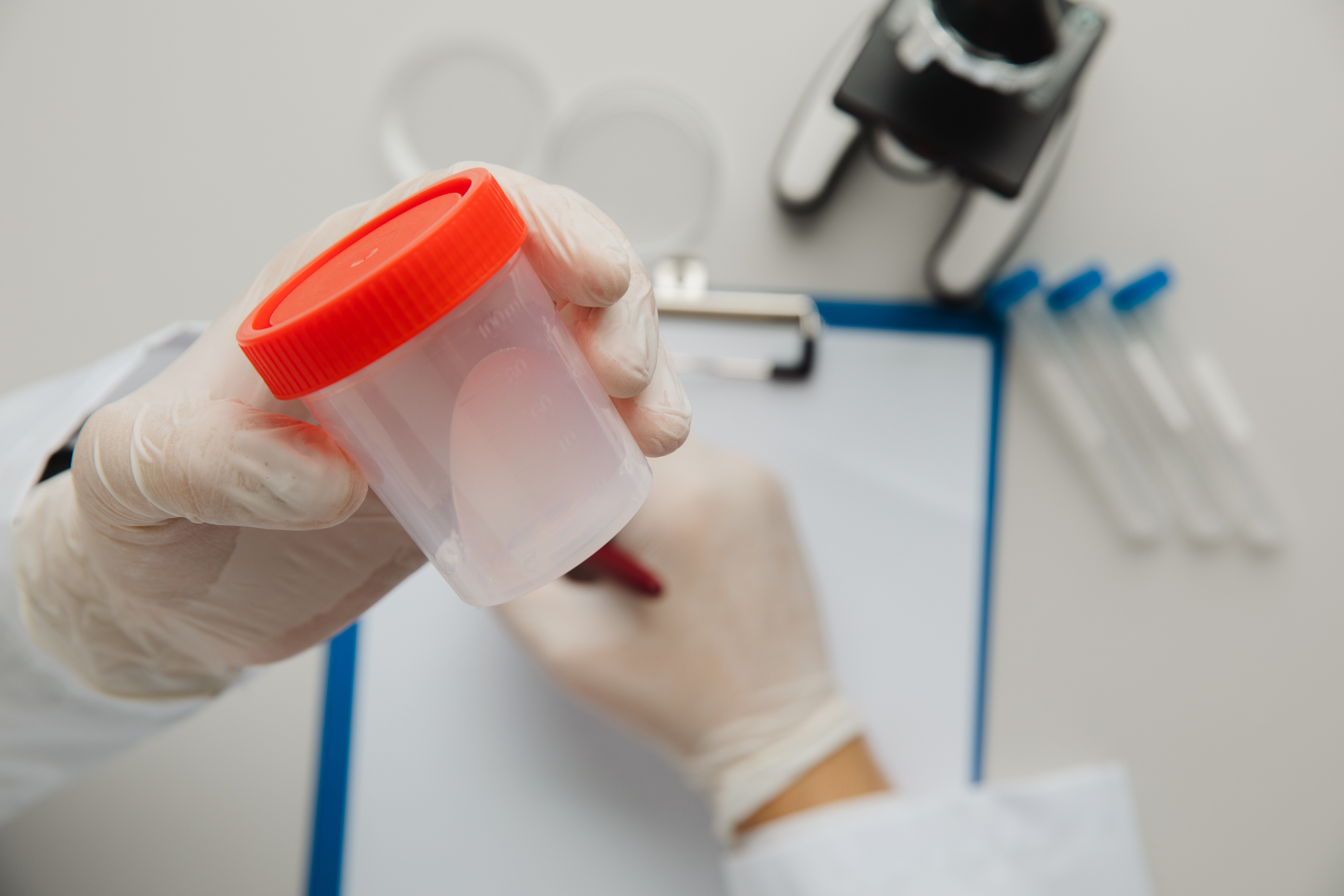
Becoming a sperm donor is not an open process for just anyone. Sperm banks and clinics have strict eligibility criteria to ensure that donors are healthy and that their sperm will result in healthy pregnancies. Typically, donors must be between the ages of 18 and 39, though some sperm banks have narrower age ranges.
Donors must be in good physical health, free of genetic disorders, sexually transmitted infections, and other medical conditions. They are also required to have a healthy lifestyle, which means avoiding smoking, excessive drinking, and drug use. Donors undergo regular screenings throughout the donation period to ensure they continue to meet these standards.
Genetic screening is another critical component. Donors are tested for a variety of genetic disorders, and their family medical history is thoroughly reviewed. This screening helps prevent the transmission of genetic conditions to offspring. Additionally, psychological evaluations are conducted to ensure that donors understand the emotional and ethical implications of sperm donation.
Rights and Responsibilities of Donors
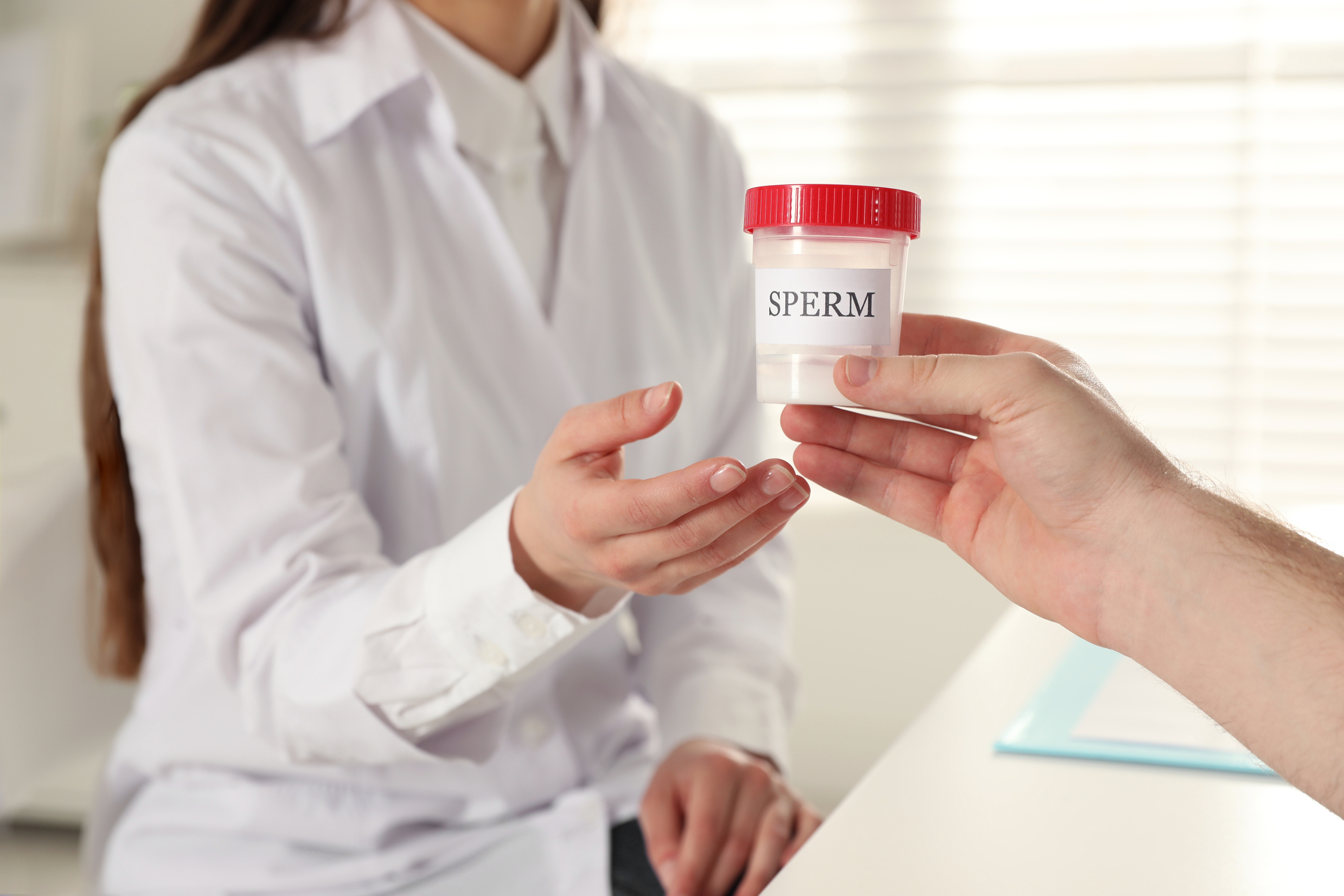
Donors have specific rights and responsibilities that they must understand before participating in the sperm donation process. Legally, most sperm donations in the U.S. are done under anonymous agreements, meaning the donor's identity is not disclosed to the recipient or any resulting offspring. However, with the rise of direct-to-consumer genetic testing, anonymity is becoming increasingly challenging to maintain.
Donors also have the responsibility to provide accurate information about their medical and family history. Misrepresentation can lead to legal consequences, particularly if it results in harm to the offspring. Donors must also commit to the process, which often requires multiple donations over a period of time.
Regarding parental rights, in the U.S., sperm donors typically do not have any legal rights or responsibilities towards offspring conceived using their sperm. This means they are not legally considered the parent and do not have any obligations for child support or custody. However, these rights can vary depending on the agreements made between the donor and the recipient, especially in cases where the donor is known to the recipient.
Recipient Considerations
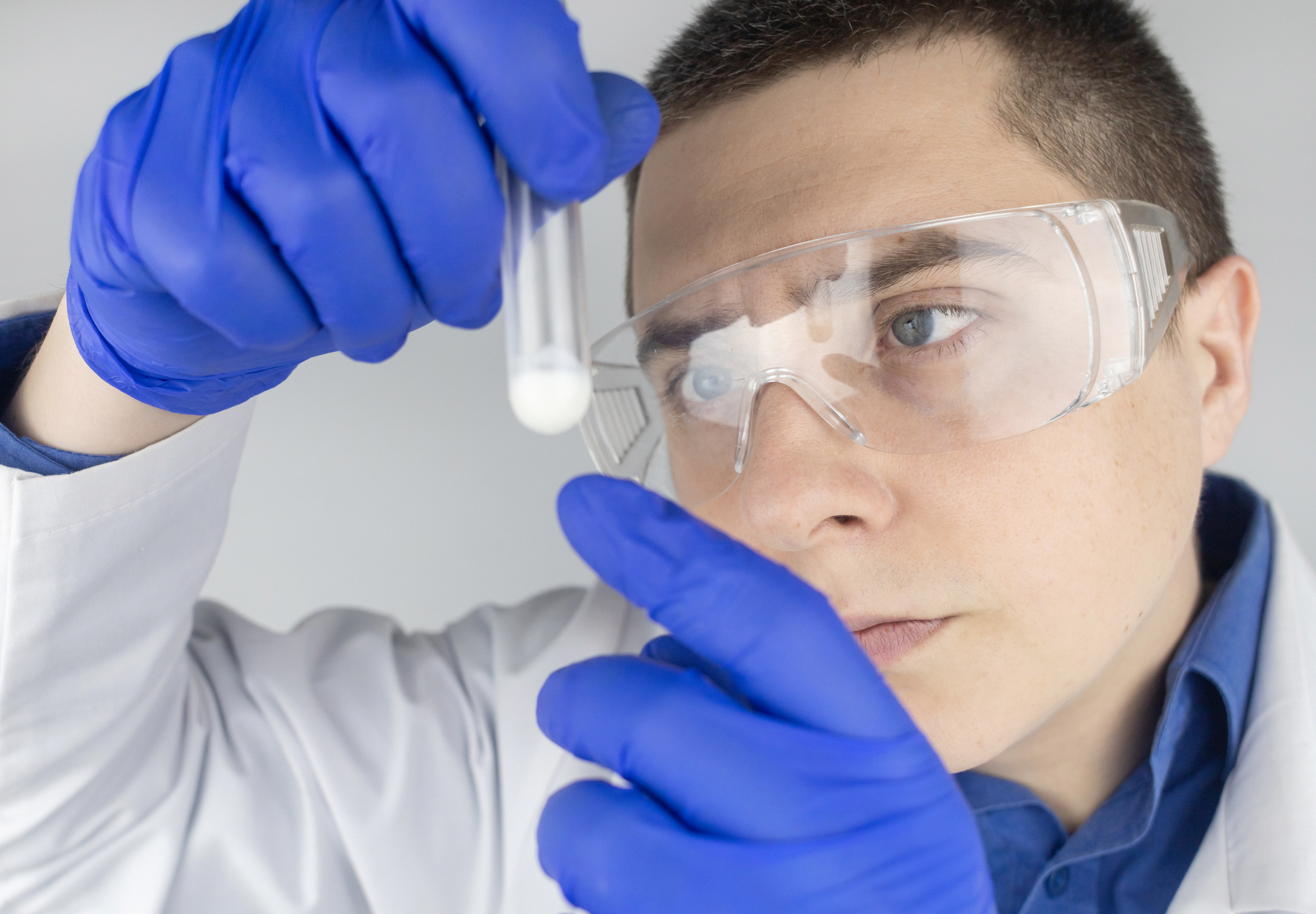
For recipients, choosing a sperm donor is a significant and deeply personal decision. Sperm banks provide detailed profiles of donors, including physical characteristics, educational background, interests, and genetic history. Some recipients may prioritize physical resemblance, while others might focus on intellectual or athletic achievements.
The emotional and ethical considerations are also profound. Recipients must decide whether to tell their child about their conception method and, if so, how much information to share. With the increasing availability of genetic testing, the likelihood that donor-conceived children will seek out their biological roots has grown, raising questions about the long-term implications of donor anonymity.
Financial considerations are another important factor. Sperm donation can be costly, with expenses including the purchase of sperm, fertility treatments, and legal fees if known-donor arrangements are involved.
Future Directions of Sperm Donation
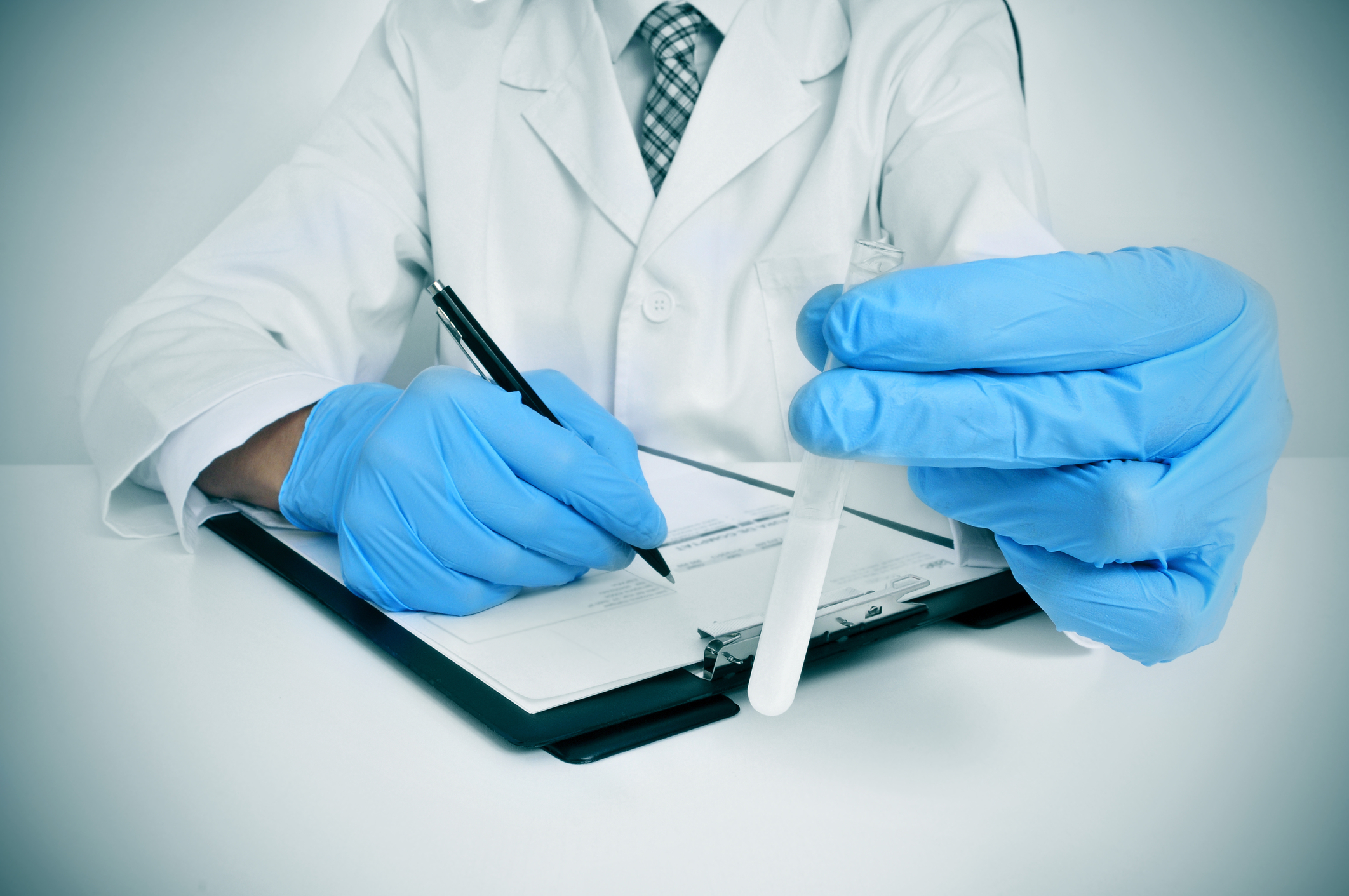
The future of sperm donation is likely to be shaped by advances in technology, changing societal attitudes, and evolving legal frameworks. One significant trend is the impact of genetic testing, which is making donor anonymity increasingly difficult. As more donor-conceived individuals use services like 23andMe or AncestryDNA, they are often able to trace their biological origins, even if the donation was made anonymously.
Technological advancements are also paving the way for more sophisticated screening techniques, potentially reducing the risk of genetic disorders in donor-conceived children. Additionally, the possibility of creating sperm from stem cells could revolutionize the field, offering new solutions for those facing infertility.
Societal attitudes toward family and parenthood are also evolving. There is growing recognition and acceptance of diverse family structures, including those formed through sperm donation. This shift is likely to influence future legal and ethical guidelines, particularly concerning the rights of donor-conceived children and the responsibilities of donors.
Conclusion
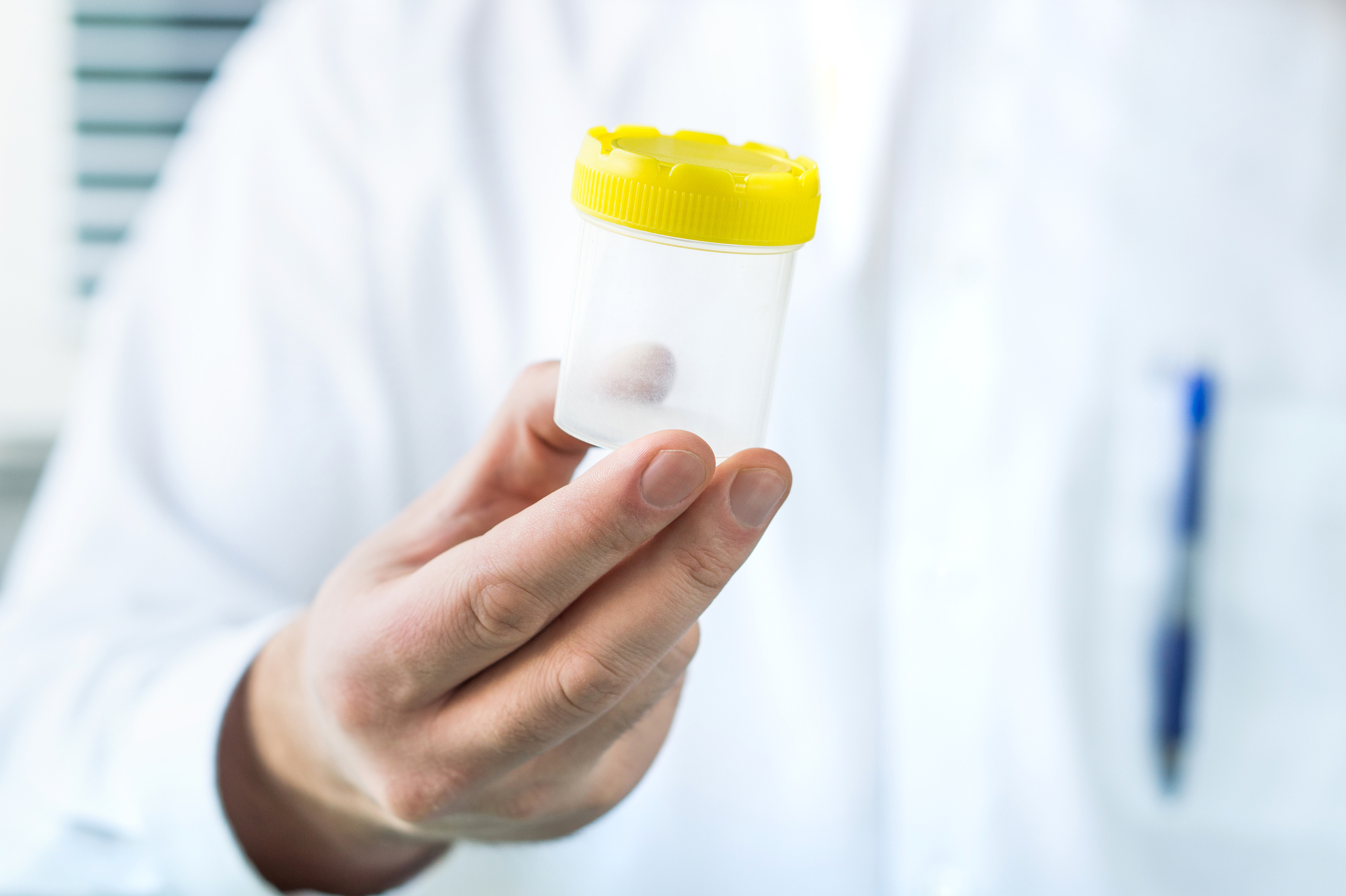
Sperm donation in the U.S. is a complex and carefully regulated process that plays a critical role in modern reproductive medicine. Understanding the process, eligibility criteria, and ethical considerations involved is essential for both donors and recipients. As technology and society continue to evolve, the landscape of sperm donation will undoubtedly change, offering new opportunities and challenges for all involved.